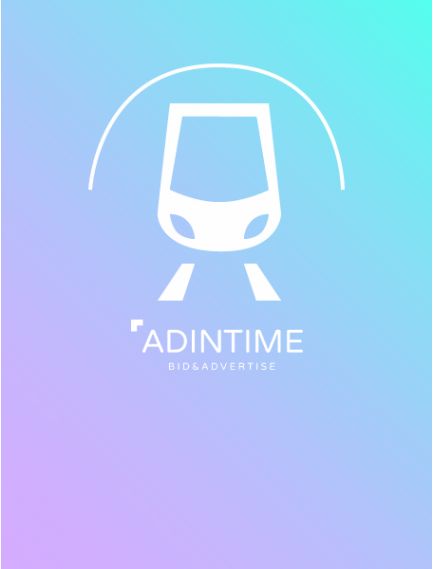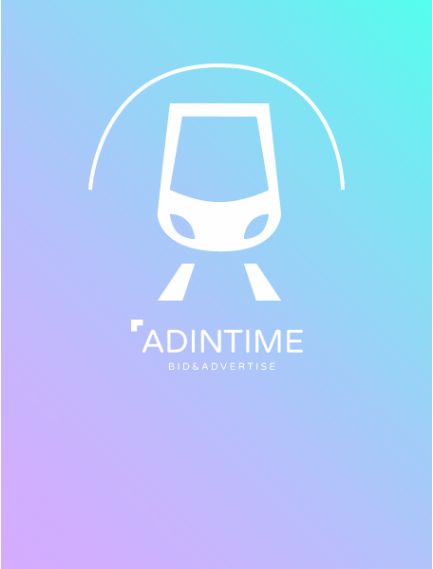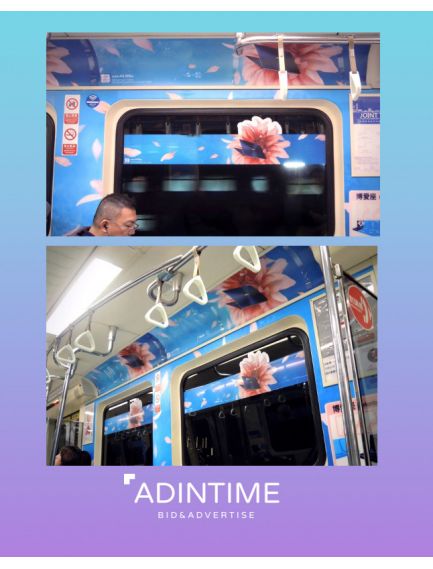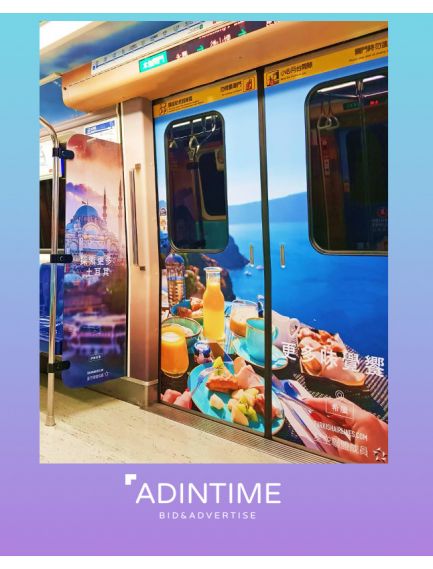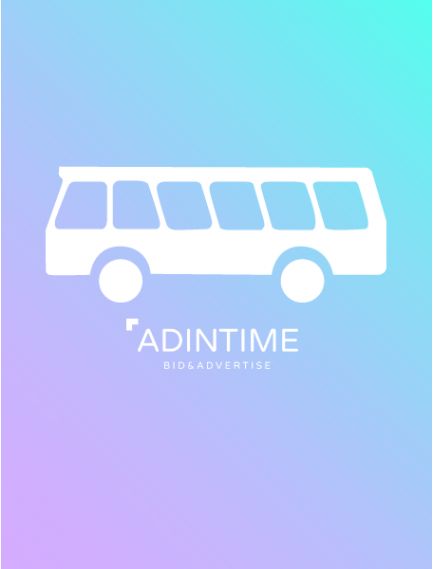Wait marketing is an innovative and effective strategy to capture consumers' attention during the waiting moments they encounter daily, whether online or offline. Understanding the ins and outs of this strategy can provide an advantage for your upcoming advertising campaigns.
Article Summary: What is Wait Marketing? Definition and Examples
What is Wait Marketing?
Wait marketing, also known as waiting marketing in English, is a marketing technique that involves leveraging the waiting times consumers encounter daily to deliver advertising messages. These moments include pauses during webpage loading, waiting in public transport, or even physical queues in places like pharmacies, for example.
Benefits of Wait Marketing for Advertising Campaigns
- Improved Engagement: During waiting periods, consumers are more receptive to advertising messages. Thus, engagement with the displayed content is likely to be higher.
- Strategic Opportunity: Wait marketing allows you to reach consumers when they have time to interact with the brand, thereby increasing ad recall.
- Reduced Intrusiveness: Unlike other more intrusive forms of advertising like pop-ups or full-screen ads, wait marketing naturally integrates into the user experience, minimizing unwanted interruptions.
How to Integrate Wait Marketing into Your Campaigns?
To effectively use wait marketing in your advertising campaigns, you should follow a few steps:
1. Identify Opportunities
Identify the different waiting moments encountered by your target audiences, such as website loading times, waiting in public transport (subway, bus stops, etc.), or pauses in shopping centers.
2. Choose the Right Media
Select the most suitable media to deliver your messages during these waiting periods. You can opt for ads on DOOH screens in public places, contextual ads on high-traffic websites, or displays in public transport and stations.
To help you in this choice, ask yourself the following questions:
- On which medium is my advertising message most visible?
- Which medium is used by my target throughout their day?
- How many media should I use?
- Are the chosen media available?
3. Create Engaging Content
For your wait marketing strategy to be effective, create advertising content that grabs attention and is suitable for the waiting context. Use eye-catching visuals, concise messages, and clear calls to action to maximize interaction with the brand, product, or service.
4. Measure and Optimize
As with any marketing campaign, use analytics tools to track the performance of your wait marketing campaigns. Measure engagement rates, conversions, and return on investment to adjust and optimize your strategies based on the results obtained. Stay agile, adapt, measure.
>>> Learn all about tracking marketing campaigns here
Practical Examples of Wait Marketing
Subway
Take advantage of passengers waiting in stations to deliver your advertising messages in OOH format directly in the metro stations, or in DOOH format for more dynamism. During the rides, also use displays in the subway to extend attention time.
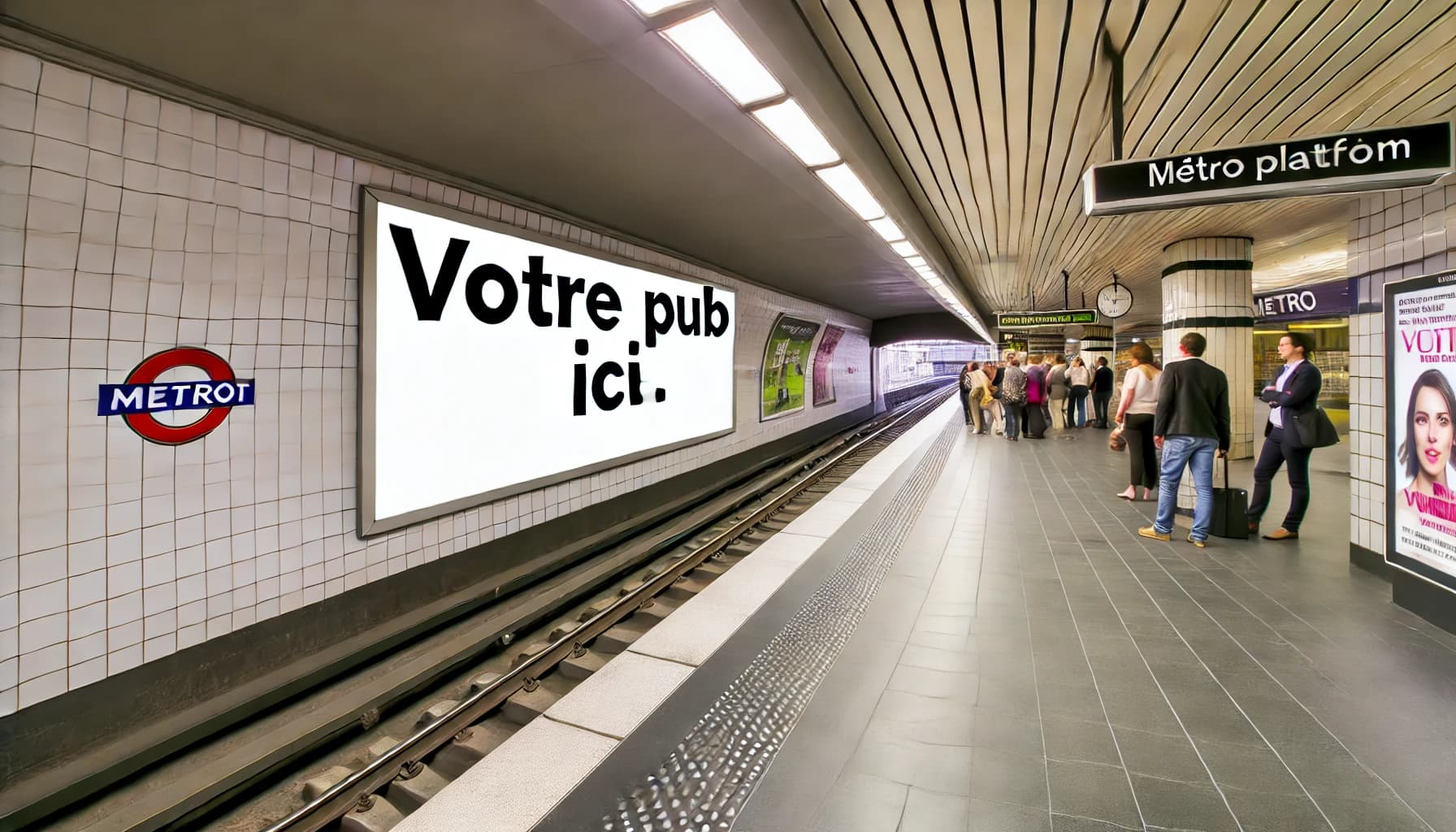
Bus Stop
The bus stop is ideal for reaching a pedestrian target waiting for their bus, as well as drivers. Opt for a classic or DOOH display format to deliver your message with impact and originality.

Website
Take advantage of webpage loading times to implement your wait marketing strategy. Use the loading phase to display a persuasive advertising message or a special waiting logo containing a promotional message. Precisely target website users to maximize impact.
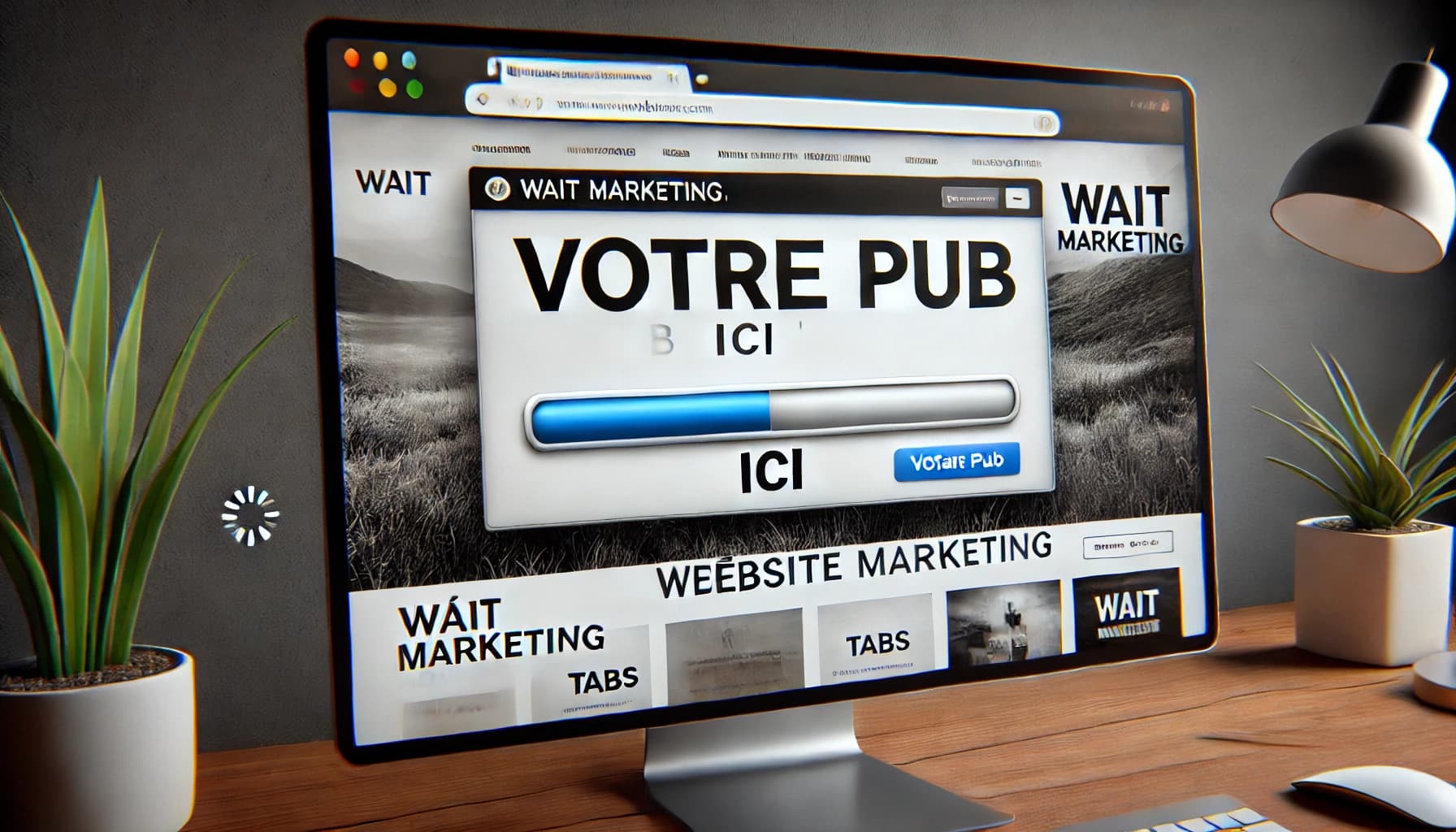
In conclusion, integrating wait marketing into your advertising campaigns can be an effective strategy to optimize engagement and the effectiveness of your advertising messages. By intelligently leveraging consumers' and users' waiting moments, you can not only improve the user experience but also achieve tangible results. Used strategically, wait marketing can be a powerful tool to differentiate your campaigns and achieve your marketing goals at a lower cost.
Want to launch your advertising campaign? Request your custom quote now!







 Top 30 best ads musics
Top 30 best ads musics
 The influence of advertising on purchasing behavior
The influence of advertising on purchasing behavior
 Top of the most listened podcasts in France
Top of the most listened podcasts in France
 Top 30 best ads 2021 in France
Top 30 best ads 2021 in France
 This Year Marketing Calendar
This Year Marketing Calendar
 OOH Advertising: My honest review
OOH Advertising: My honest review
 Facebook Ads Library: The ultimate guide to winning campaigns
Facebook Ads Library: The ultimate guide to winning campaigns
 How to prepare your advertising campaigns for Christmas?
How to prepare your advertising campaigns for Christmas?
 The top 20 ad films of the year
The top 20 ad films of the year
 Example of a unique selling proposition
Example of a unique selling proposition

